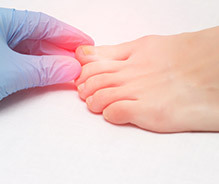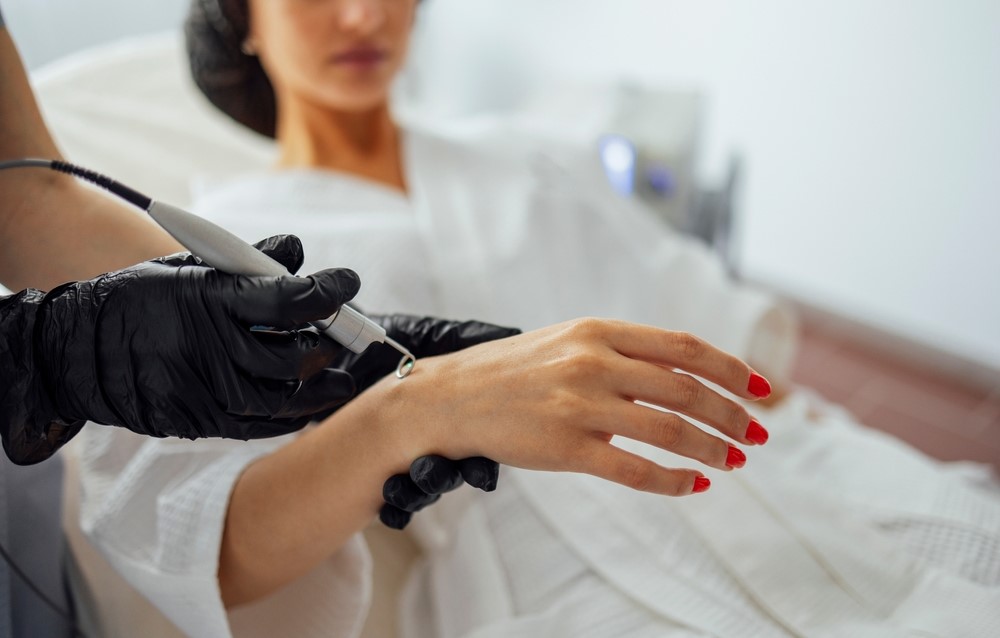Creating a tattoo involves putting pigment into the dermis layer of the skin. The dermis layer is below the epidermis, or outer layer of skin. The ink is placed using a needle, which pierces the skin and allows the pigment to be introduced below the epidermis.
Most tattoo artists now use electric tattoo machines with single-use needles to prevent infections. These machines drive the needle or needles into the skin up to 150 times per minute, releasing the ink below the epidermis.
This action triggers the body’s immune system, which tries to isolate the foreign particles and starts the healing process. The pigment particles are too large for the body to disperse, and so as the dermis heals, the pigment settles. The tattoo is permanent and usually stable, although some do degenerate with time.
The most effective treatment for removing an unwanted tattoo is undoubtedly laser tattoo removal. The laser is only in contact with the skin for billionths of a second, and yet this is enough to break down the tattoo ink into tiny fragments the body is then able to dispose of.
Depending on the complexity of a design and the colours used, the removal can require a number of sessions, with the tattoo fading more with each one.































